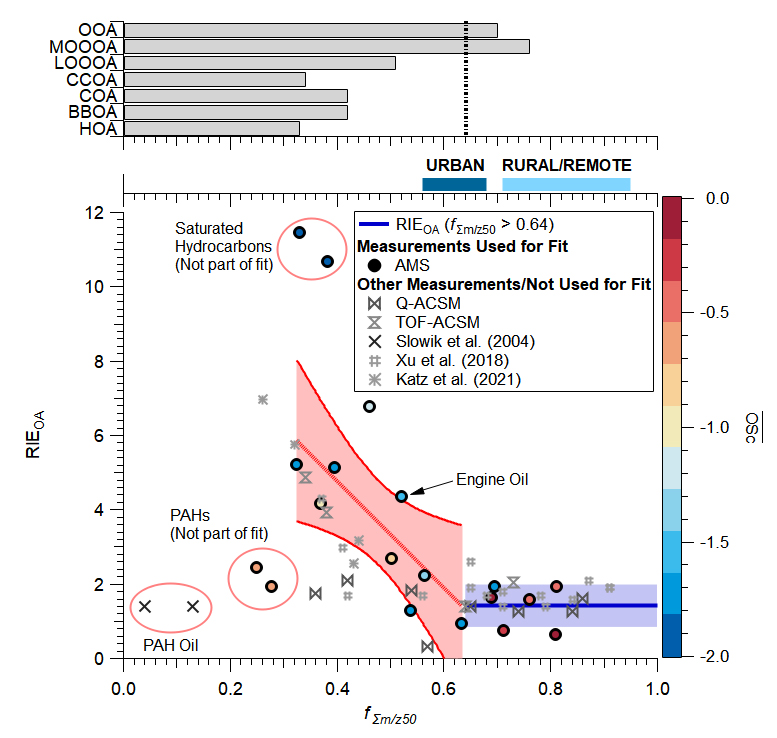Dr. Benjamin Nault presents at
AAAR's AS & T Lecture Series

AAAR recently invited Aerodyne’s Dr. Benjamin Nault to speak as part of their monthly AS&T Lecture Series. The series was developed to highlight the incredible research happening in the field of aerosols, and to stay connected to those doing this work apart from the annual convention.
The editors at AAAR select high-impact papers to be presented by the authors, and Aerodyne is pleased that Dr. Nault’s research has been recognized.
Dr. Nault’s work has led to an improved understanding in how the Aerodyne Aerosol Mass Spectrometer and Aerosol Chemical Speciation Monitor samples organic aerosol in ambient conditions and has led to improved confidence in the decades of observations of organic aerosols around the world.
Laboratory evaluation of organic aerosol relative ionization efficiencies in the aerodyne aerosol mass spectrometer and aerosol chemical speciation monitor
Organic aerosol (OA) mass concentrations measured by the Aerodyne Aerosol Mass Spectrometer (AMS) and Aerosol Chemical Species Monitor (ACSM) depend on particle relative ionization efficiency (RIEOA). Here, a series of laboratory experiments were conducted to investigate how RIEOA differs for different classes of OA and between AMS and ACSM instruments. For OA surrogates with high oxidation state (OSc), the measured RIEOA is 1.60 ± 0.56 for all instruments. However, for OA surrogates with lower OSc, the absolute magnitude and the variability of the measured RIEOA increases. The increase in RIEOA is different between the AMS and ACSMs due to differences in m/z-dependent ion transmission/detection efficiencies in the mass spectrometers. A new metric is introduced to explore RIEOA—the fractional contribution of ions at less than or equal to m/z 50 (fΣm/z50). When fΣm/z50 is high (>64%, similar to ambient OA), the average RIEOA is 1.23 ± 0.62. This supports the use of a default RIEOA of 1.4 for typical ambient conditions, where secondary OA dominates the OA budget. When fΣm/z50 is less than 64%, the RIEOA increases as higher m/z ions contribute more to the total signal. These observations reflect the fact that the observed RIEOA is a combination of multiple processes. The fΣm/z50 may be used as a metric to determine if primary-like OA is contributing significantly to total OA. Overall, the results indicate that changes in RIEOA are most important for studies measuring primary-like OA, and the magnitude of the changes will depend on the instrument being used to measure the OA.
